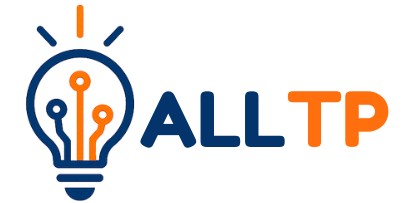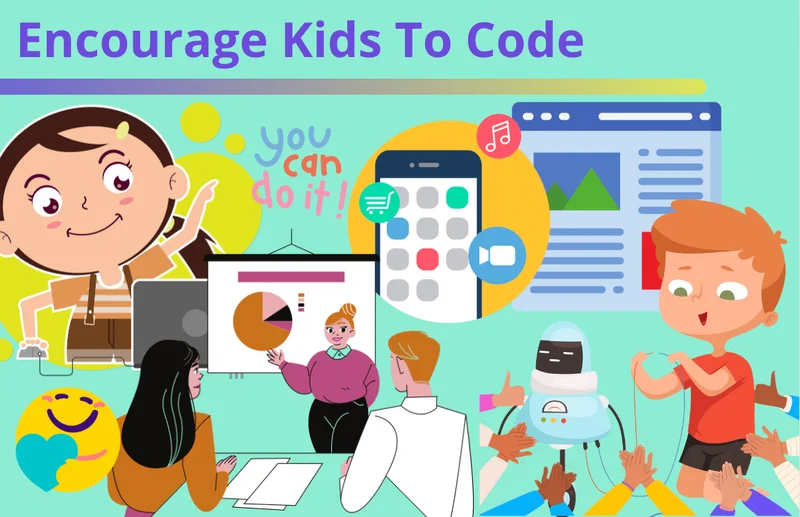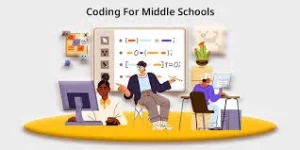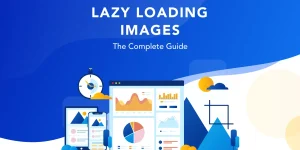Technology is woven into nearly every aspect of a child’s daily life, from the games they play to the videos they watch and the way they learn. But while many kids are comfortable using technology, few are taught how to create with it. That’s where coding comes in. Often seen as purely technical, coding is actually a powerful outlet for creativity and problem-solving.
Whether it’s designing a game, building an app, or animating a story, coding gives kids the tools to bring their ideas to life. Instead of just consuming digital content, children can become digital creators, confidently building their own worlds with imagination and logic combined.
Don’t just let your child consume technology; empower them to create with it. Now more than ever, coding for kids is a gateway to creativity, confidence, and future opportunities.
Parents, now is the time to unlock your child’s creative potential through code. Give them a strong foundation by enrolling them in our trusted coding for kids bootcamp, where kids don’t just learn how to code, they learn how to think, create, and lead in the digital world.
Why Creativity Matters in Coding
Many people still believe that coding is only for those who are good at math or science. But that’s a myth. While logic plays a role, coding is equally about imagination, experimentation, and design, making it a perfect playground for creativity.
Think of coding as another language for storytelling. Just like writing a book or composing music, coding involves making choices: What will happen next? How should it look? What sounds or movements will bring the idea to life?
In fact, some of the most popular kid-friendly platforms like Scratch and Minecraft Education are built entirely around creative coding. Kids can code animated stories, design their own video games, build virtual worlds, or even compose digital music. With a few lines of code, a child can turn their wildest ideas into something they can see, hear, and interact with.
Coding isn’t just about writing instructions, it’s about expressing ideas in a new, interactive way.
How Coding Helps Kids Build Their Own World
Coding Kenya gives them the ultimate superpower: the ability to bring their ideas to life.
Through imaginative design, kids can build their own games, create unique characters, and shape entire digital environments from scratch. Whether it’s a maze game, a magical forest, or a space adventure, they’re not limited by preset templates, they’re in control of every detail.
Platforms like Scratch take it a step further by turning code into storytelling. Kids can script characters to talk, move, and react, essentially writing their own interactive stories, complete with dialogue, animation, and sound effects.
And it doesn’t stop there. As their skills grow, children can take on personal projects like creating websites, coding mobile apps, building simple robots, or even composing music with code. These projects aren’t just fun, they’re deeply meaningful and build a sense of ownership.
The most powerful part? Empowerment. Kids begin to see themselves not just as users of technology, but as creators and innovators. They realize their ideas matter and with code, they can make them real.
Tools That Nurture Creativity
To truly spark creativity through coding, kids need the right tools, ones that allow them to explore, experiment, and build freely.
One of the most popular platforms is Scratch, developed by MIT. Designed for young learners, Scratch lets kids drag and drop colorful code blocks to animate characters, create games, and tell stories all without needing to type a single line of code. It’s playful, visual, and built for imagination.
Other excellent platforms include:
- Tynker – Offers game-based learning and themed creative challenges.
- Code.org – A beginner-friendly space with puzzles and open-ended projects.
- Minecraft Education Edition – Combines coding with world-building in a familiar game environment.
These tools all have one thing in common: they go beyond just teaching how to follow coding instructions. They encourage freeform creation, allowing kids to build original projects based on their own ideas.
For an even deeper and more engaging experience, join our bootcamp. We offer hands-on, project-driven learning, where kids get to imagine, create, and improve their own apps, games, or digital stories, all while being guided by experienced mentors from the tech industry.
With the right tools and support, kids don’t just learn to code, they learn to create with code.
The Parent’s Role in Supporting Creative Coders
Behind every confident young coder is a supportive adult who nurtures their curiosity. As a parent or guardian, you don’t need to be a tech expert to help your child thrive, you just need to create the right environment.
Start by encouraging exploration and experimentation at home. Let your child tinker with different platforms, play with ideas, and follow their imagination, even if it means projects don’t always go as planned.
When mistakes happen (and they will), celebrate them. Just like in art or music, coding is a creative process filled with trial, error, and discovery. Debugging a problem can be just as rewarding as solving it.
Make space, both physically and mentally, for coding. Set aside time during the week, create a quiet spot for them to work, and offer tools like a laptop or tablet, just as you would buy brushes for a young artist or an instrument for an aspiring musician.
With your support, coding becomes more than a skill; it becomes a source of confidence, joy, and self-expression. Research from the University of Washington’s Youth & Teen Programs shows that structured STEM and coding experiences, when supported by parents, significantly boost children’s engagement and skill development, even in early grades
Real-Life Stories & Successes
Across the globe and right here in Kenya, young coders are proving just how powerful creativity and code can be.
Take Amani, a 12-year-old from Nairobi, who used Scratch to design a game that teaches road safety for kids. What began as a school project quickly became a passion. With each new version of the game, Amani gained not only technical skills but also the confidence to present his ideas to teachers and peers.
Or consider Linet, age 11, who built a storytelling app at a local bootcamp. Her app allows users to choose a story path, turning her love for writing into an interactive experience. She now dreams of becoming a software designer who creates tools for young African writers.
Globally, stories like Samaira Mehta, who created the coding board game “CoderBunnyz” at age 8, show how early exposure to code can unlock entrepreneurial and creative potential at a young age.
“It’s amazing how fast children pick up coding concepts when they’re solving problems they care about”. “When kids are encouraged to create, they don’t just learn code, they learn to lead.”
These stories highlight a crucial truth: when children are given the tools and support to build their own digital worlds, they gain far more than programming skills; they build resilience, confidence, and a creator’s mindset.
Conclusion
To conclude, Coding is more than a technical skill; it’s a 21st-century canvas that lets children express their imagination, tell stories, build solutions, and shape the digital worlds they dream of.
By learning to code, kids don’t just gain fluency in technology; they develop creative confidence, independence, and a mindset that embraces problem-solving and innovation. These are the building blocks of future-ready thinkers and leaders.
Enroll your child in our coding for beginners bootcamp, where they’ll dive into our interactive, project-based learning programs. They will design their own apps, games, and digital stories, all under the guidance of experienced mentors from the tech industry.




